
by Robert Carter | Nov 12, 2024 | Science
Dr Carter spent some time recently in New Zealand. While there, he stopped by a giant colony of gannets. These sea birds number in the millions but they create a bit of a taxonomic mystery. Are three living species of gannets and the eight living species of booby one...

by Robert Carter | Oct 29, 2024 | Science, Theology
It is only natural for people to want to compare the Table of Nations (Genesis 10) to geography, linguistics, ancient history, and/or patterns in human DNA. The solution, however, is harder than most people think. Here, I list multiple reasons why it might actually be...

by Robert Carter | Sep 17, 2024 | Science
The woolly mammoth is strongly associated with the Ice Age, but they survived until surprisingly recent times in the far north. Recently, the genomes of multiple mammoths from the last surviving population on Wrangel Island were sequenced. The scientists concluded the...

by Robert Carter | Sep 10, 2024 | Science
Mike Lynch and colleagues published a paper that is devastating to thousands of past studies on natural selection. By sequencing DNA from multiple natural populations over several years, they showed that the net effect of natural selection is “zero” for...

by Robert Carter | May 17, 2024 | Science
Human-chimpanzee similarity is a hotly-debated topic in the evolution-creation wars. Are we 98, 95, 90, or 85% similar? One way to get at the question is to ask what is the longest stretch of DNA that is shared between the two species. This is a very difficult...

by Robert Carter | Mar 19, 2024 | Science
Is the human genome highly functional or mostly junk? This is a question that is not only being asked in the creation-evolution debate; it is a question raging in the ivory tower as well. The ‘old guard’ is much more likely to resist any claim that large...
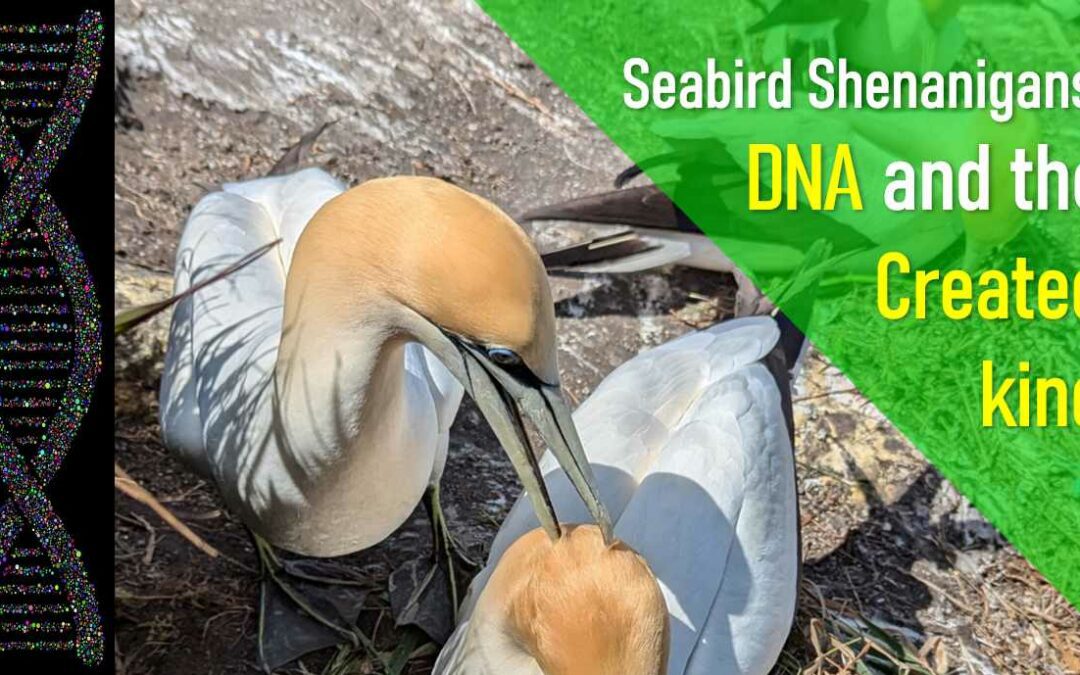

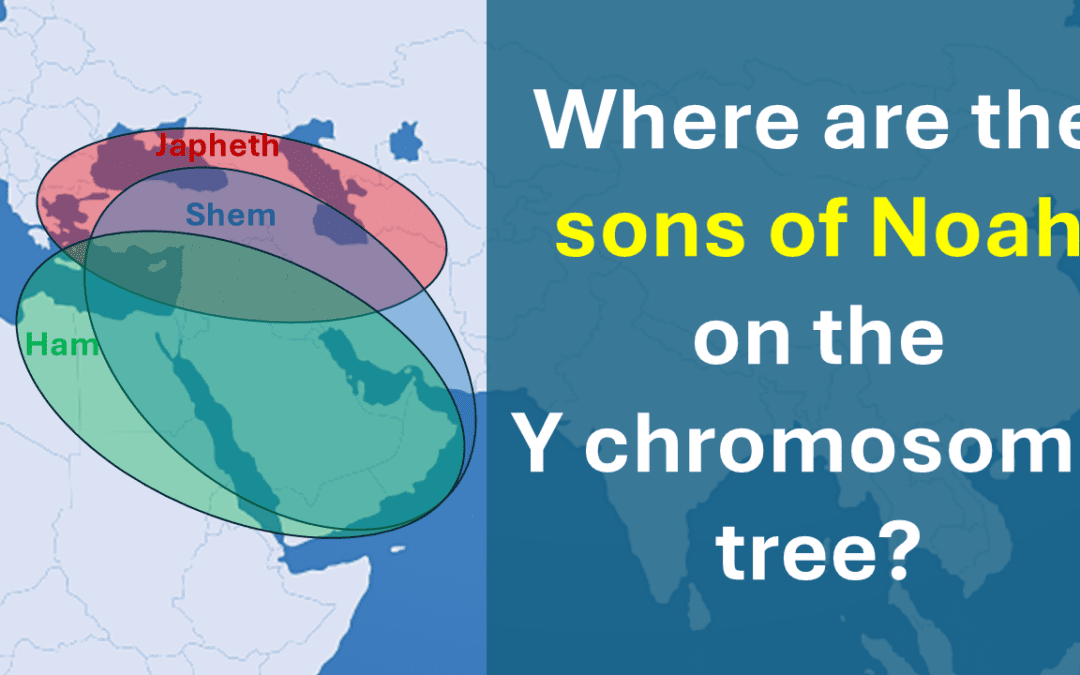
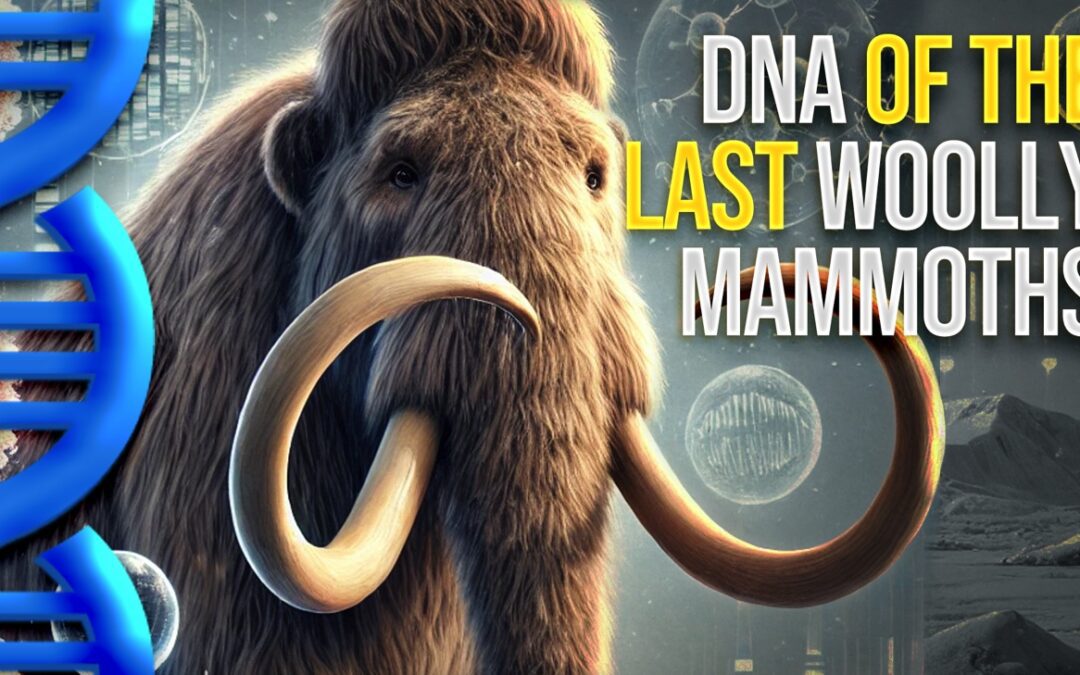
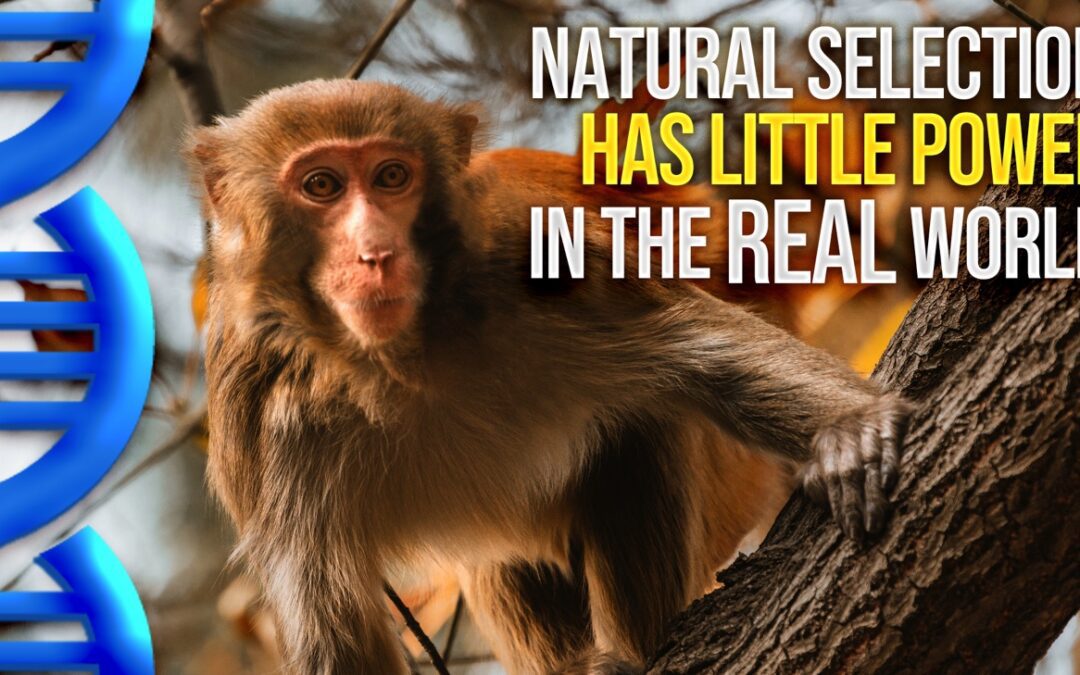
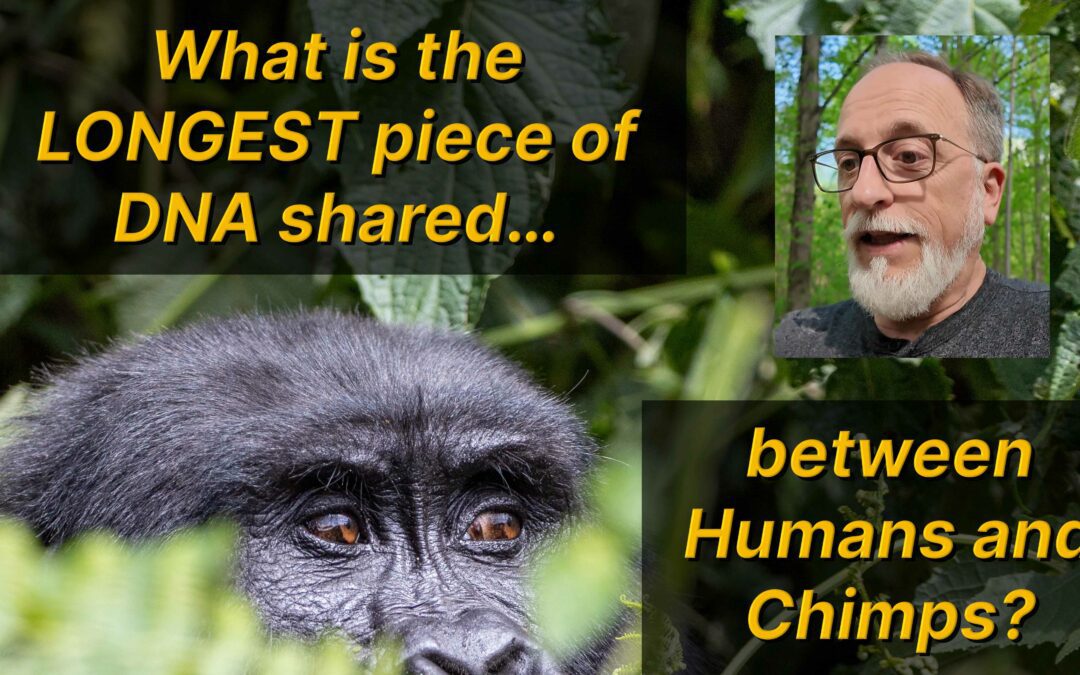


Recent Comments